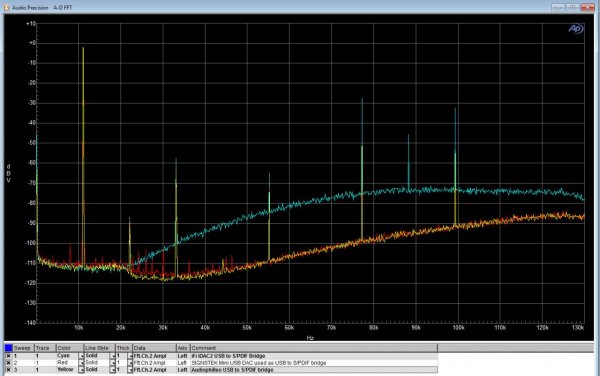Your protestations now just don't square with what you posted before so I query which is your actual conviction
"If I were looking to understand its impact and look to science to spell it out for me over my own ears, than I would want to know how it improves the SQ at the output of the DAC and not just know that it did "something" prior to the DAC output if the end result is the same measurement at the DAC output"
You see the phrases "understand its impact" "look to science to spell it out for me" clearly state sthat you believe science (by which I think yo mean measurements) is going to tell you what audible impact this will have. You further emphasise this by "I would want to know how it improves the SQ at the output of the DAC" again you are stating that the measurements defines the improvement in SQ (sound quality) & again you are putting your belief in these measurements & that they will tell you when something hasn't changed the SQ "and not just know that it did "something" prior to the DAC output if the end result is the same measurement at the DAC output"
Guess you missed that part IF, and currently I am not...
or this position
"I appreciate measurements for what they aim to accomplish and in a number of important aspects are very helpful to identify some performance aspects of audio quality without question."
I'm wondering what set of measurements you look to & what you feel they tell you about SQ as you seemed to suggest that you would turn to them ""If I were looking to understand its impact and look to science to spell it out for me over my own ears"?
Again IF, but to give you an example as mentioned Jitter would be one of them. This market spends much less time with science than opinion so I always indulge science when I feel it is applicable. But like most things, even science can be used and manipulated to make a product look great or innovative on paper...
The topic is about the measurements produced so "back on topic" is off-topic
The topic is about "who is buying this" and the OP suggested the desire for seeing measurements. I am not buying this, but I am following the regen type products being introduced so I chimed in when measurements were posted.
Last edited:


